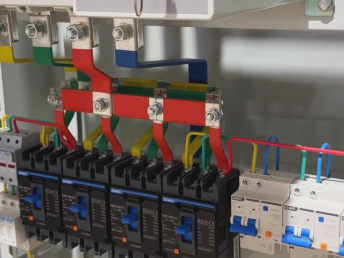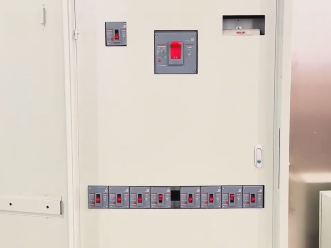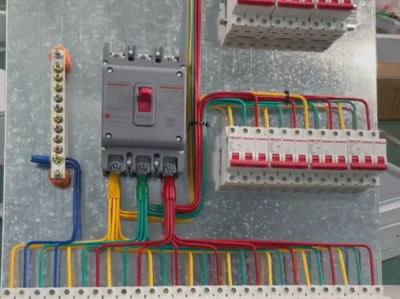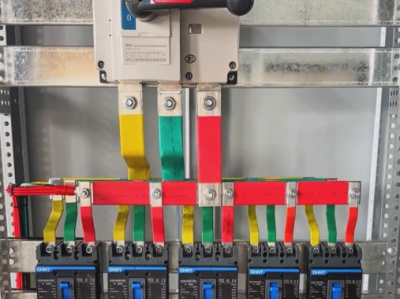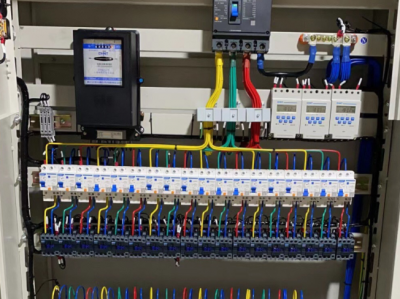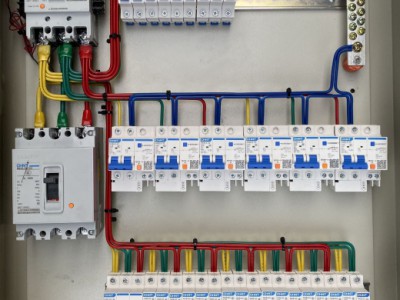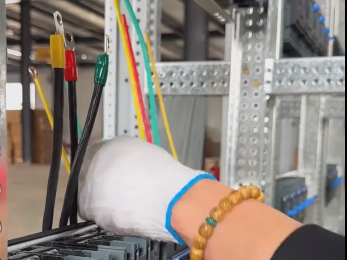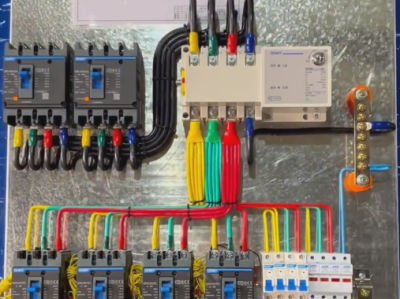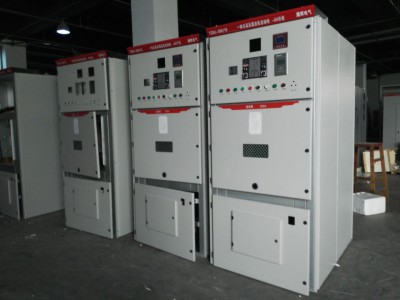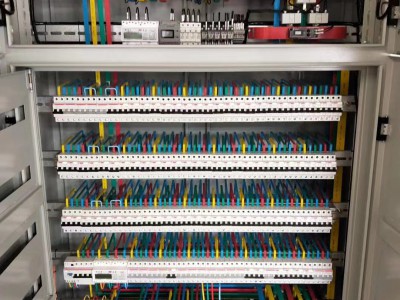Several main components of a capacitor compensation cabinet
Product description
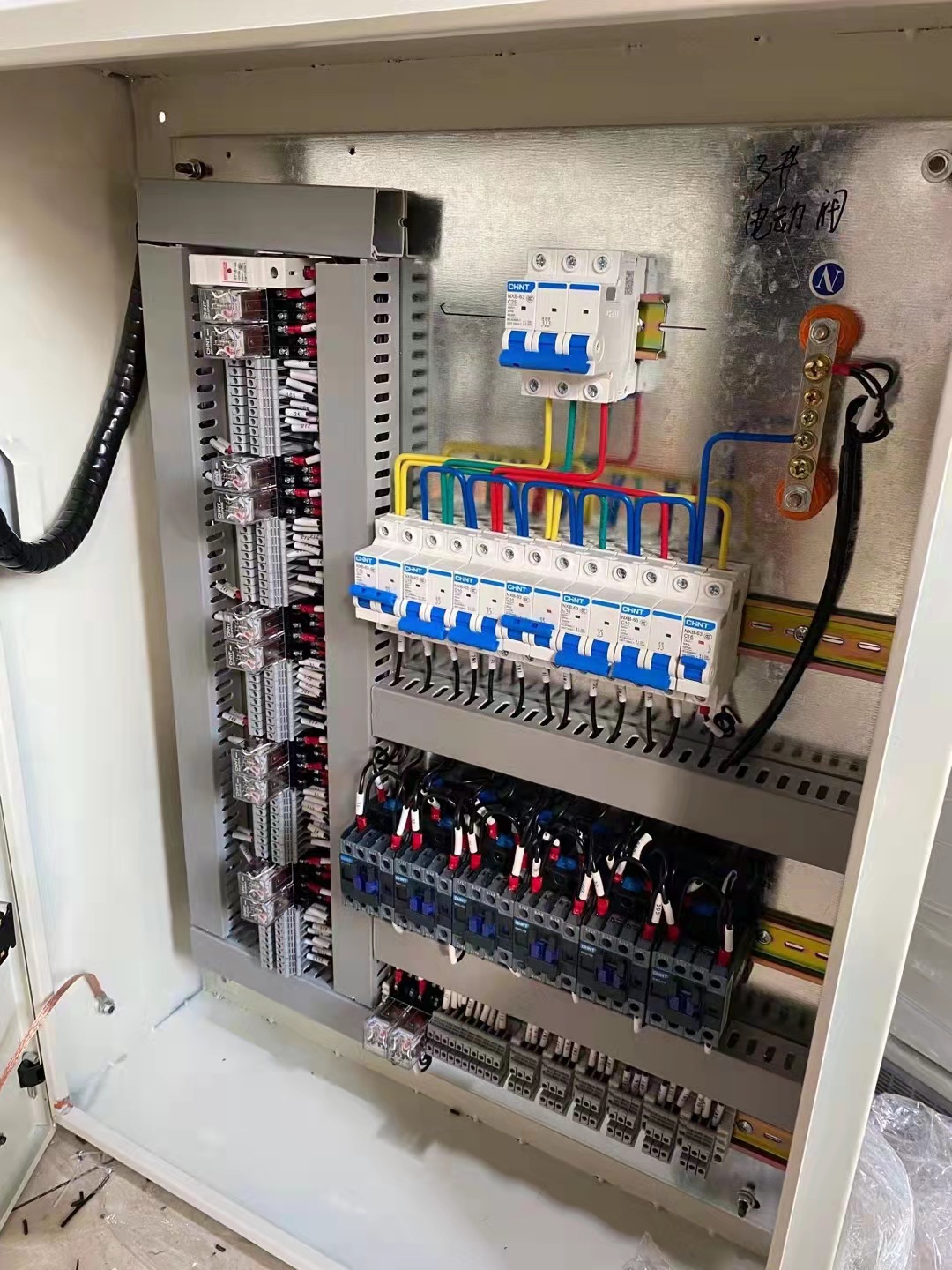 I. Capacitor
I. Capacitor
1. **Function**
- The capacitor is the core component of the capacitor compensation cabinet. It can store electric charge. In an alternating current circuit, the capacitor changes the phase relationship between current and voltage through continuous charging and discharging processes. Specifically, it can provide reactive power, improve the power factor of the power grid, reduce the transmission of reactive current in the power grid, thereby reducing line losses and improving the power supply efficiency of the power grid.
2. **Type**
- Commonly seen are self-healing capacitors. After a partial breakdown of the dielectric in this kind of capacitor, it can automatically restore insulation performance and has good reliability and stability. There are also oil-immersed capacitors. They use insulating oil as the dielectric and have good heat dissipation performance, but there are potential risks such as oil leakage.
II. Reactor
1. **Function**
- The reactor is mainly used to suppress harmonics. In the power grid, nonlinear loads (such as frequency converters, rectifiers, etc.) will generate harmonic currents. These harmonic currents will interfere with the normal operation of the power grid and cause problems such as voltage waveform distortion. The reactor can limit the flow of harmonic currents, protect capacitors and other electrical equipment from the influence of harmonics, and at the same time help improve the effect of power factor correction.
2. **Type**
- According to different functions and structures, it can be divided into series reactors and parallel reactors. In the capacitor compensation cabinet, series reactors are more common. They are connected in series with capacitors. According to different reactance rates of the reactors (such as 6%, 7%, etc.), harmonics of different orders can be suppressed.
III. Circuit breaker
1. **Function**
- The circuit breaker is used to control the on and off of the capacitor compensation cabinet. It can connect and disconnect the circuit under normal conditions. When there are faults such as overload and short circuit in the circuit, it can quickly cut off the circuit to protect the safety of equipment and personnel. In the capacitor compensation cabinet, the circuit breaker can perform switching operations on the capacitor bank to ensure the safe connection and disconnection of the capacitor bank to and from the power grid.
2. **Type**
- Commonly used are air circuit breakers and vacuum circuit breakers. Air circuit breakers use air as the arc extinguishing medium, with a simple structure and low cost; vacuum circuit breakers use vacuum as the arc extinguishing medium, with good arc extinguishing performance, long service life, and are suitable for occasions with frequent operations.
IV. Contactor
1. **Function**
- The contactor is used to frequently connect and disconnect the circuit of the capacitor bank. It can realize automatic switching control of the capacitor bank. According to the reactive power demand of the power grid, it controls the input and withdrawal of the capacitor bank to maintain the power factor within a suitable range.
2. **Type**
- According to different control methods, it can be divided into electromagnetic contactors and solid-state contactors. Electromagnetic contactors have a simple structure, low cost, and are widely used; solid-state contactors have the advantages of no contacts, long service life, and fast response speed, but the cost is relatively high.
### V. Thermal relay
1. **Function**
- The thermal relay is mainly used for overload protection. When the current in the circuit exceeds the rated current for a long time, the bimetal strip inside the thermal relay will bend and deform due to heating, thereby triggering an action to make the contactor disconnect the circuit and protect equipment such as capacitors from damage caused by long-term overload current.
2. **Type**
- Commonly seen are bimetal strip thermal relays, which realize overload protection function through the difference in thermal expansion coefficients of bimetal strips.
VI. Fuse
1. **Function**
- The fuse plays a role in short-circuit protection in the capacitor compensation cabinet. When a short-circuit fault occurs in the circuit, the fuse element inside the fuse melts and quickly cuts off the current to prevent the short-circuit current from causing serious damage to the equipment.
2. **Type**
- There are high-voltage fuses and low-voltage fuses. In the capacitor compensation cabinet, an appropriate fuse is selected according to its working voltage level.
VII. Intelligent controller
1. **Function**
- The intelligent controller is the "brain" of the capacitor compensation cabinet. It can monitor parameters such as voltage, current, and power factor of the power grid in real time. According to the preset control strategy, it automatically controls the switching of the capacitor bank. For example, when the power factor is lower than the set value, the intelligent controller will issue an instruction to put in the corresponding capacitor bank; when the power factor meets the requirements, the switching operation will be stopped. At the same time, the intelligent controller can also realize remote monitoring and communication functions, which is convenient for users to remotely manage the operating status of the capacitor compensation cabinet.
2. **Type**
- According to different functions and communication protocols, there are many types of intelligent controllers to choose from. For example, an intelligent controller that supports the Modbus communication protocol can easily interact with other intelligent devices.

